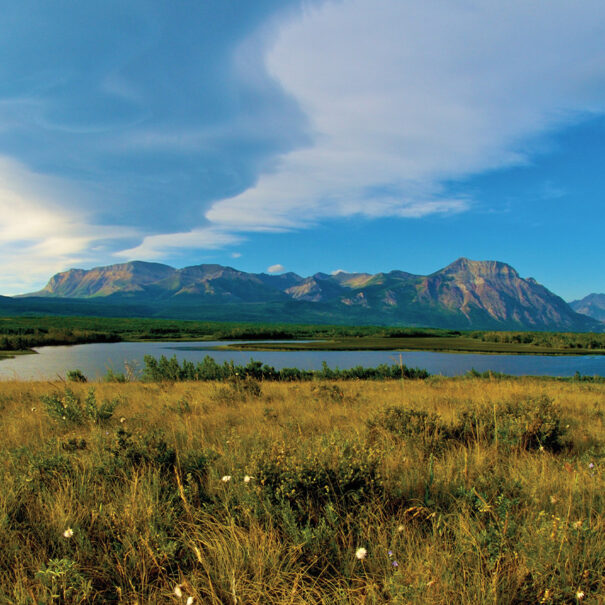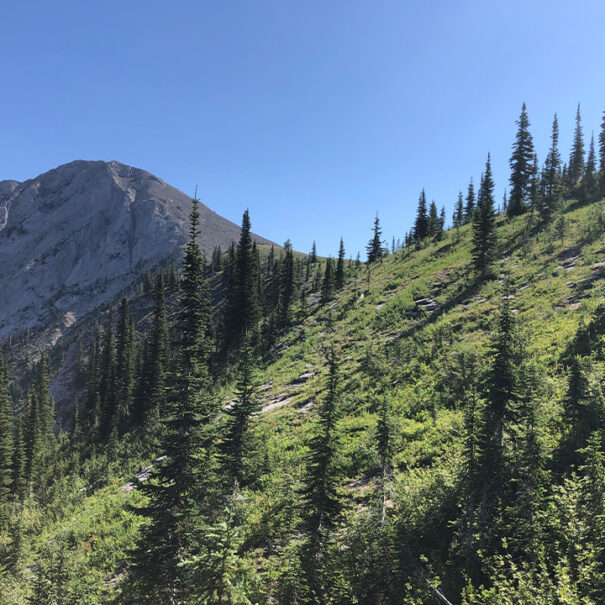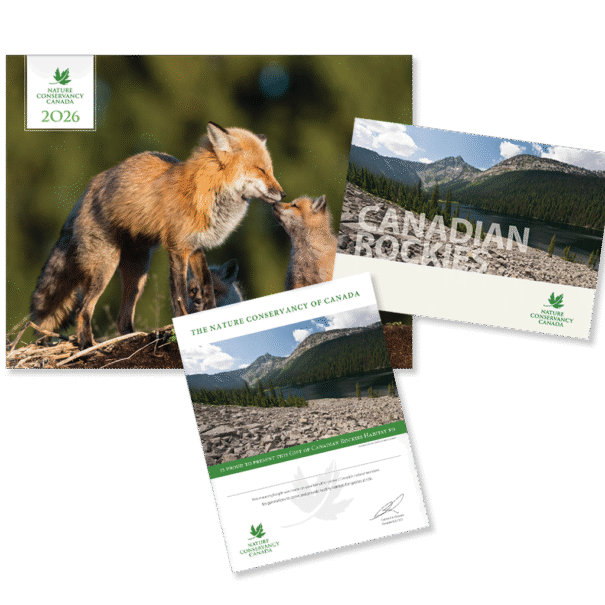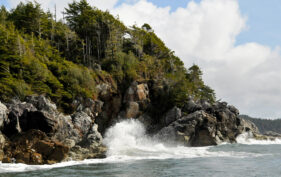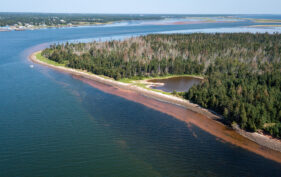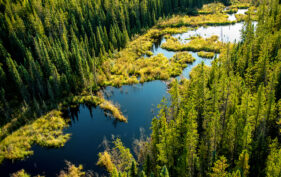The Canadian Rockies
The Nature Conservancy of Canada’s work in the Canadian Rockies aims to protect wildlife corridors and enhance existing networks of protected areas on both the British Columbia and Alberta sides of the mountains.
Gift details
Digital download includes:
- Digital species booklet
- Digital full-colour certificate
- Informational video
Physical package includes:
- 2026 NCC calendar
- Species booklet
- Full-colour certificate
Need to ship to multiple addresses? Visit the FAQ page for more information.
Your Gift in Action
Your gift will conserve critical habitats and ensure a future for species at risk. It will also build healthier, more resilient ecosystems that provide essential benefits and services to people and their communities, while countering the effects of climate change and biodiversity loss.
Since 1962, NCC has brought Canadians together to conserve and restore more than 15 million hectares, coast to coast to coast. But we must do more faster and accelerate the pace of conservation. Every gift and donation counts.
The Canadian Rockies
Canada’s Rocky Mountains are an important linkage in a major continental wildlife corridor that extends from Yellowstone National Park in the U.S. to the Yukon. By maintaining and restoring wildlife linkages, and protecting habitats, there is a unique opportunity to maintain large, healthy ecosystems and the wildlife they sustain.
The Canadian Rockies are known worldwide for their majestic peaks, rugged scenery, river valleys and mountain lakes. This region has a high diversity of habitats: open grasslands in the foothills, dense forests in the mountains, alpine meadows and glacier-fed rivers. It is one of the last places on Earth that has not lost any large mammals recently; that’s because it still maintains large, intact, connected habitats.
The region is home to an abundance of mammals, including grizzly bear, cougar, wolverine, elk, mountain goat and bighorn sheep. It also includes a huge diversity of birds and globally rare and unique species. But it’s threatened by tourism and residential development, forestry, mining, industrial development, utility corridors and fire suppression. Climate change is melting glaciers, which will change the flow of rivers in the mountains and through Canada’s Prairies.
By symbolically adopting Rocky Mountain habitat, you are protecting wildlife corridors and enhancing existing networks of protected areas on both the BC and Alberta sides of the mountains.
Photo 1: Waterton Park Front, AB; Photo by John E. Marriott. Photo 2: Dutch Creek Hoodoos, BC; photo by Steve Ogle. Photo 3: Photo by Kate MacKenzie. Photo 4: Glacier lilies, Jumbo Pass, BC; Photo by Bruce Kirkby

